Health-care innovator Joyce Caracci squeezes most from life, careers
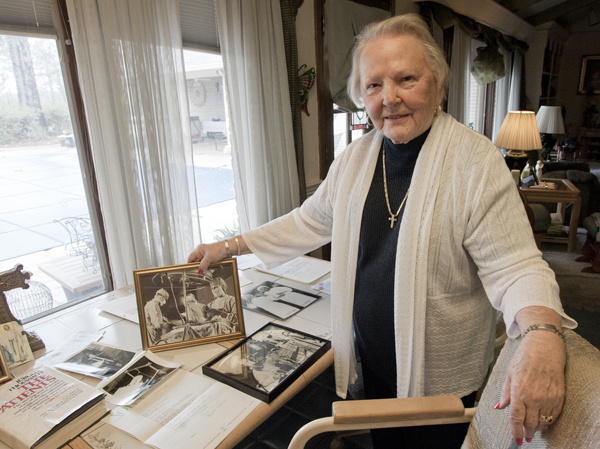
Joyce Caracci spent much of her career watching people who were near death or trying to avoid it.
If her work in hospitals and hospice left her with no illusions about dying, it also inspired in her a joy of living.
At 82, the self-described "entrepreneurial nurse," inventor, philanthropist, travel buff and racquetball player is still punching up her resume.
"She enjoys as much life in one day as some folks get to enjoy in a month," said Steve Pickett, a volunteer coordinator for a Jackson girls' shelter named in her honor.
Over the course of her life, she witnessed history as a nurse who assisted with a trailblazing transplant, and later made history herself as a visionary in the field of home health care.
In the highlight reel of her career, nothing makes her prouder than those two accomplishments. They are powerful validations of her choice of professions.
"I was born that way," she said, explaining why she became a nurse.
"I always wanted to be a nurse. I guess it was a dream I thought I'd never have because we were poor."
In rural Neshoba County, Joyce Pope grew up in a home that wasn't wired for electricity until she was 16. She and her sharecropping family raised almost everything they ate.
"We didn't think we were poor," Caracci said. "We just didn't have any money."
Since there was no money for nursing school, she financed her dream with earnings from her back-to-back shift work as a waitress at a drive-in and a bus depot.
In the 1950s, she trained as an R.N. at St. Dominic Hospital in Jackson and the Lutheran Hospital School of Nursing in Vicksburg, and then took time out to have a baby before a six-month stint at what is now Baptist Medical Center. That's where she met fellow nurse Ruby Winters, a pioneer in her own right.
"She became my right hand," Caracci said. "I don't know what I would have done without her."
For that racially segregated era, they enjoyed a rare friendship.
Door-to-door husband
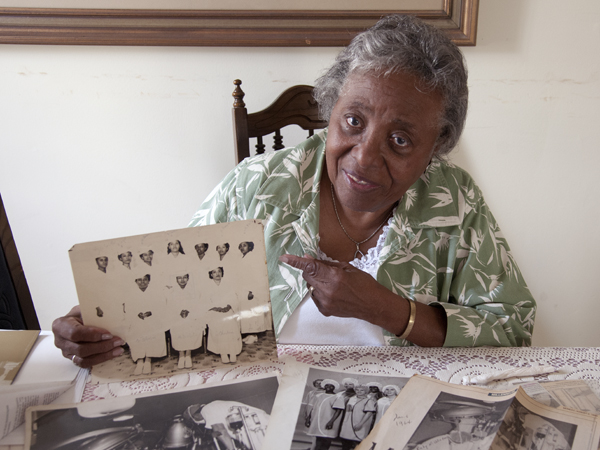
Winters, 86, of Jackson, one of the first African-American nurses to work in an OR in Mississippi, said of Caracci: "Anything she wanted you to do, she'd do it, too.
"She had an ability to lead and would stand up for the employees. She was a good teacher.
"Even after she became a head nurse, it was not her style to be away from where the action is. She wanted to be right in it."
Eventually, both of them were right in it at UMMC, where Caracci found a job in the late '50s, soon after the Medical Center opened.
By then, she had started a family with a former vacuum-cleaner salesman she had met some years earlier while she was staying with her aunt.
"He came to my aunt's house selling door-to-door," Caracci said, "but he kept talking to me instead of to her. Finally, my aunt asked him, 'Are you going to sell me a vacuum cleaner or date my niece?'
"He told her he was hoping to do both." Vic Caracci did more than that. Topping out at 57 years, their marriage produced three children and outlasted the vacuum cleaner.
Shortly before his death five years ago, Vic Caracci, a New Orleans native, picked out his burial clothes and had his wife freeze five gallons of homemade marinara sauce to help feed the guests who would pay their respects.
"He knew he was dying," Joyce Caracci said of the man she called Papa, "so he had planned everything. We had a New Orleans-style jazz funeral with music and more than 100 guests. We turned Wright & Ferguson Funeral Home upside down."Surgical strike
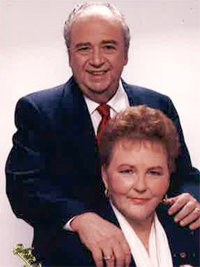
The six decades Joyce and Vic Caracci spent together included the 14 years she served at UMMC, where she and Winters were reunited early in their careers.
"She (Caracci) got me the job in the OR after I was told there was no opening," said Winters, who became a head nurse. "Surgery was a place they didn't hire black nurses very much."
Caracci rose to the position of OR nurse supervisor, a job she held until she left UMMC.
"The buck stopped there, in the OR," Caracci said. "It operated 24/7, but we never took off the wrong leg or breast."
Caracci and Winters teamed up with the Medical Center's most famous surgeon, a man who would have them dragged out of bed in the middle of the night on emergencies, then send them a dozen roses later to thank them.
He was so focused on his patients that when someone stood on his foot in surgery one day, he failed to notice.
"A few days later, he limped into a room, saying, 'I must have gout or something,' " Caracci said.
Despite that flawed diagnosis, Dr. James Hardy was ahead of his time. In June 1963, UMMC's chief of surgery led the team that performed the world's first successful lung transplant.
Seven months later, on a cold, clear morning in January, Caracci scrubbed as the suture nurse for a momentous case arranged on the Q.T.
"My body and brain were in overdrive that day," she recalled.
Keeping the operation quiet was a challenge. An anesthesiologist supervising scheduled cases wandered in to see what all the activity meant, and spotted the "patient's" head - shaved and poking out from under a sheet.
"He took one look and said, 'Now, I have seen some ugly folk in my time, but this one takes the cake,'" Caracci said. The patient was a heart donor. He was also a chimpanzee.
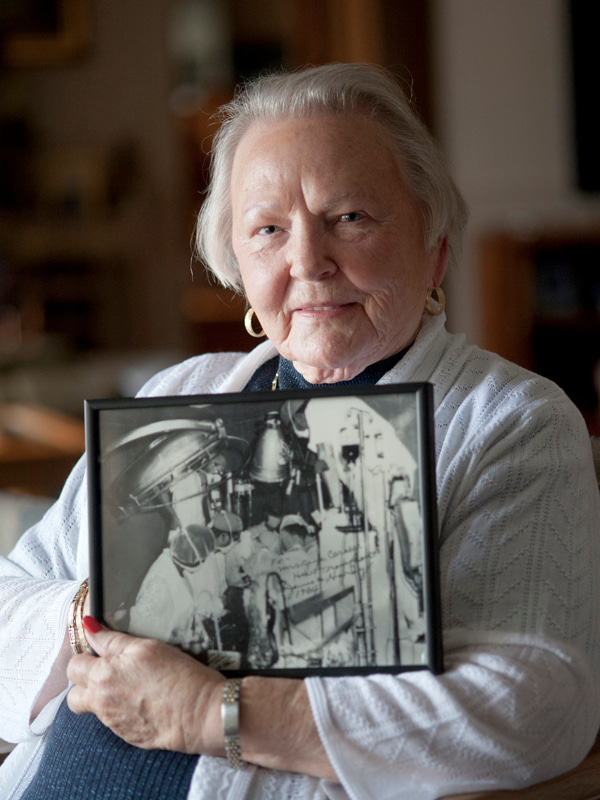
In a separate OR, Winters worked with another team on Boyd Rush, 68, who was reportedly dying of heart failure and for whom no human donor emerged.
After several hours, the team closed the man's chest over the chimp's heart. "There was a peculiar stillness in the room," Caracci recalled.
"And then it went to beating," said Winters. For 90 minutes, the heart kept Rush alive.
"Our goal was accomplished."
Rush's contribution as the recipient in the world's first animal-to-human heart transplant helped plow the ground for the first human-to-human operation, performed in South Africa a few years later. It enabled Hardy and his team to reach their goal: Proving that brain impulses would transmit to a foreign heart, Caracci said.
In "As I Remember It," Caracci and Winters' brief account of Hardy's controversial feat, they said of Rush: "Given the same choice, how many of us would have made this decision?"
Lover of invention
Throughout her nursing years, Caracci looked askance at some of the tools of her profession.
"She was the type of person who would look at something and decide it could be done better," Winters said.
If her designs didn't bring her wealth, they did make life better for patients and for the people who cared for them.
A sampling of some of her ideas, many of which are still in use:
- The double-armed suture - a thread with a needle at each end and practical for certain procedures.
- A device that stabilized the "Stryker frames" patients were positioned in for cervical spine surgery. Designed by Caracci and Dr. Leo Fabian, it was used until the arrival of the anterior approach for this operation.
- Elastic coverings for shoes. Created by her and her husband, they were made of the same material as disposable surgical drapes and replaced cumbersome canvas shoes in the OR.
- The hospital surgical vest that covered the back and led to the wrap-around surgical gown; it replaced open-backed surgical garments fastened with clips.
Another of her innovations inspired today's soft, pliable I.V. bags, a safer alternative to the old-fashioned glass bottles.
"We'd fly down the hall with the I.V. bottles on a pole at the foot of the bed and they would catch on the door jamb and whoosh!, they would fly down the hall and slide," Caracci said.
"I thought, 'We're going to kill somebody.'" Thanks to the improvement, today's I.V. bags are much less lethal on the fly.
'It's your baby
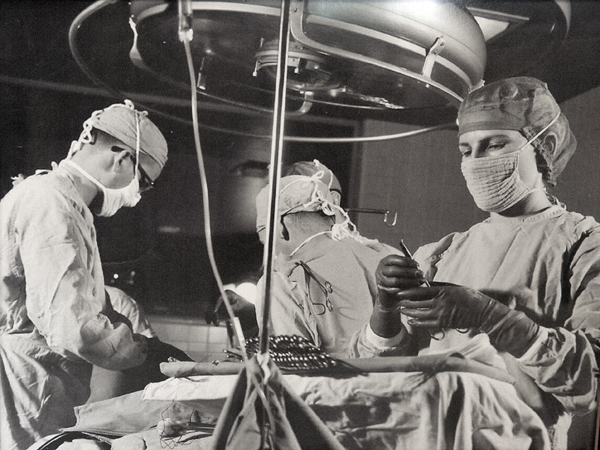
In 1969, Caracci left UMMC, but she did not abandon health care. For what was then called the Mississippi Board of Health, she conducted surveys of ORs and nursing homes to make sure they met safety codes and fire regulations Medicare and Medicaid required.
For a year, she also ran a nursing home. Once again, she thought, "This could be done better."
"Nursing homes remove your decision-making," she said. "They don't give individualized care for the patients; if they did it would be chaos."
Looking for an alternative, she and her husband decided to bring medical care into the home for sick, disabled or elderly Mississippians. Now called Sta-Home, the agency also offers hospice care.
In 1976, the year it opened, "it was a relatively new concept in Mississippi," Caracci said.
It started with office space loaned to them by a friend, $5,000 borrowed from another friend, a card table and a typewriter. It was a frail beginning for a company that quickly muscled up from one location in Jackson to about 50 sites, from Southaven to Natchez.
Located on Briarwood Drive in Jackson, the home office is only a two-mile drive from Caracci's home; her neighbors include two of her children and a grandson.
Although her family still runs Sta-Home, the 1,200 or so employees will own the company within a decade. Last year, the Caracci family, including sons Vincent and Michael, along with daughter Christina Caracci Brossette, announced the sale of the business to an Employee Stock Ownership Plan arranged by the Beringer Group, which calls Sta-Home "Mississippi's largest privately owned home health provider."
"We have started something that will go on forever," Caracci said.
Upon her recent retirement, she told her employees, "You know what to do. It's your baby; now rock it."
Joyce rewards
In Caracci's case, "retirement" is a loosely defined word. She plays racquetball every Monday. "It's the only thing that's good for me that I like to do," she said.
She attends Bible study on Wednesdays. She travels, and has seen much of the world, including Russia as the Cold War ended. "Bells were ringing and bands were playing," she said.
She has channeled much of her energy into causes and charity work. An avid supporter of law enforcement, Caracci contributed to the purchase of a home started originally as a haven for seniors through the Center for Police & Sheriffs.
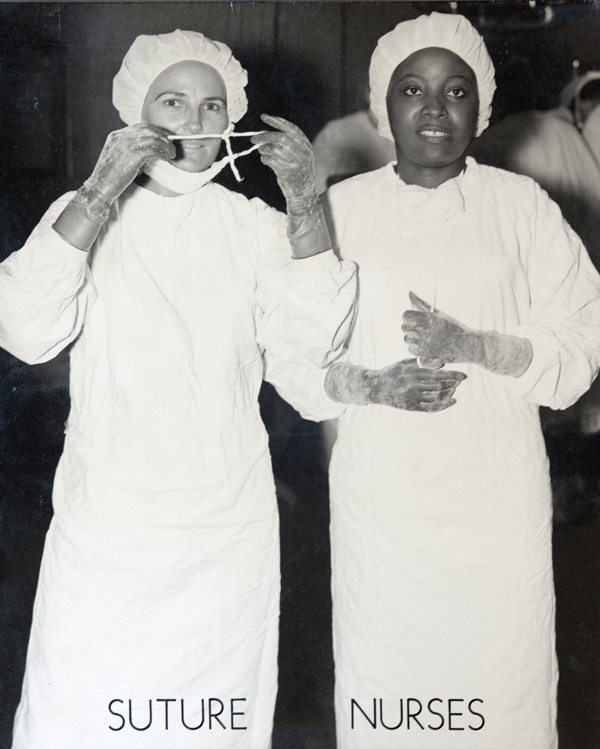
Serving a larger need by 2011, it has harbored instead more than 120 pre-teen and teenage girls, some of them neglected or abused, for more than 1,000 nights, said Pickett, the shelter coordinator who is also the chairman of the Mississippi Parole Board.
"Without it, those girls would have been on the streets or locked up in jail," he said.
The shelter sits on residential property that was on the market when Caracci donated 50 percent of the mortgage. "Without her angel gift," Pickett said, "the dream for that home would have never been realized." Joyce's Hope Home for Girls is also part of her legacy.
"We're lucky to have a person like her in the community who lives by the Scripture and certainly believes in helping the least of these," Pickett said.
Although Caracci has shown Pickett signs of a "nurse's toughness, there's also a very genteel side to her," he said.
She has a soft spot for butterflies.
"They stay warm in their cocoons," she said, "then they come out and fly around and are beautiful, and then they're gone. Just like us."


